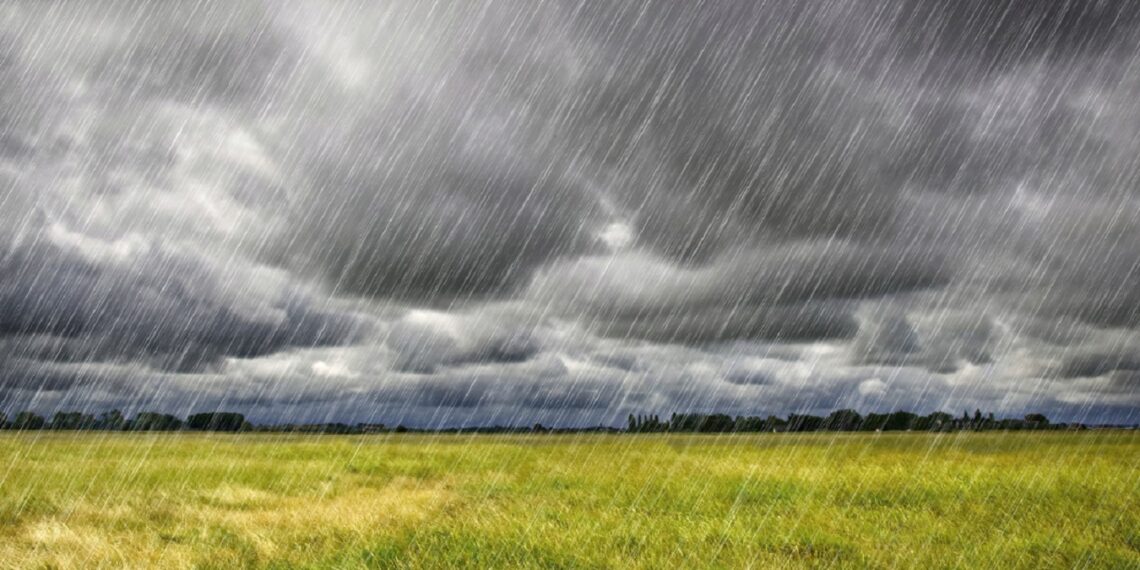GUWAHATI: The Northeast finds itself under the persistent grip of the monsoon onslaught, with no relief in sight.
Projections from the India Meteorological Department (IMD) indicate that the entire area will experience widespread light to moderate rainfall for the next seven days.
Responding to the looming threat, an orange alert has been issued for Assam and Meghalaya from June 1 to 5, while Arunachal Pradesh, Sikkim, and Sub-Himalayan West Bengal remain on high alert.
Thunderstorms, accompanied by lightning and gusty winds of 30-40 kmph, are expected to interrupt the continuous downpours.
Certain regions brace for even heavier rainfall, with forecasts predicting very heavy to extremely heavy showers for five consecutive days.
Despite the seemingly unending rain, there’s a silver lining – the deluge might help alleviate the parched landscapes left by the dry summer months.
Arunachal Pradesh suffered a 25% precipitation deficit, while the rest of Northeast faced an 18% shortfall from March 1 to May 31.
As the region prepares for nature’s fury, authorities and communities are on high alert, striving to mitigate the impact and safeguard lives and livelihoods.
Meanwhile, Prime Minister Narendra Modi and Union home minister Amit Shah are closely monitoring the situation in the Northeast and has assured all possible help.
“Unfortunately, Assam, Manipur, Meghalaya, Mizoram, Tripura, and West Bengal have witnessed natural disasters in the aftermath of Cyclone Remal. My thoughts and prayers are with all those who have been affected there. Took stock of the prevailing situation,” the Prime Minister Narendra said in a social media post recently.
He added, “The Central Government has assured all possible support to the states and is continuously monitoring the situation. Officials are working on the ground to assist those affected.”















